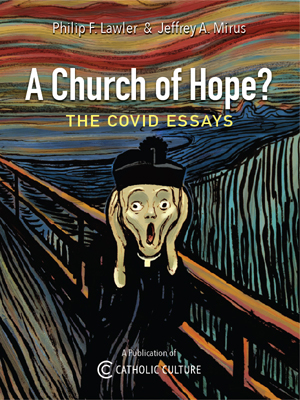Catechism of the Catholic Church
625 Christ's stay in the tomb constitutes the real link between his passible state before Easter and his glorious and risen state today. The same person of the "Living One" can say, "I died, and behold I am alive for evermore": 465
God [the Son] did not impede death from separating his soul from his body according to the necessary order of nature, but has reunited them to one another in the Resurrection, so that he himself might be, in his person, the meeting point for death and life, by arresting in himself the decomposition of nature produced by death and so becoming the source of reunion for the separated parts. 466
626 Since the "Author of life" who was killed 467 is the same "living one [who has] risen", 468 the divine person of the Son of God necessarily continued to possess his human soul and body, separated from each other by death:
By the fact that at Chnst's death his soul was separated from his flesh, his one person is not itself divided into two persons; for the human body and soul of Christ have existed in the same way from the beginning of his earthly existence, in the divine person of the Word; and in death, although separated from each other, both remained with one and the same person of the Word. 469
Notes:
English Translation of the Cathechism of the Catholic Church for the United States of America © 1997, United States Catholic Conference, Inc.






